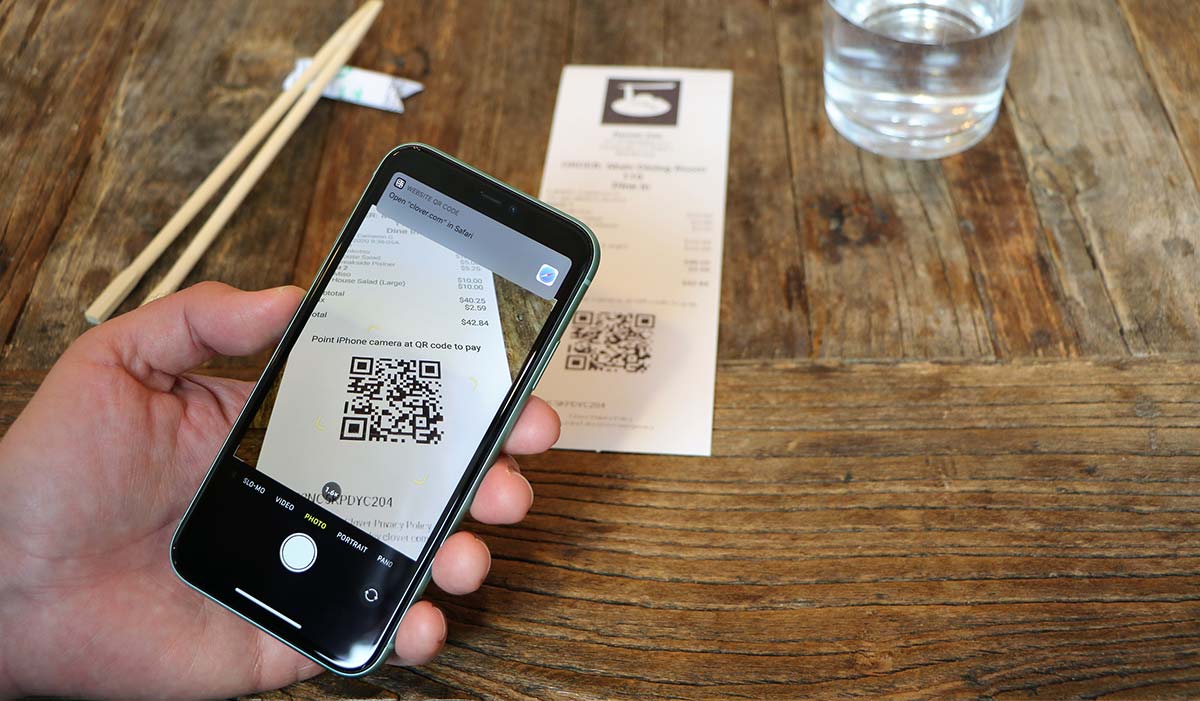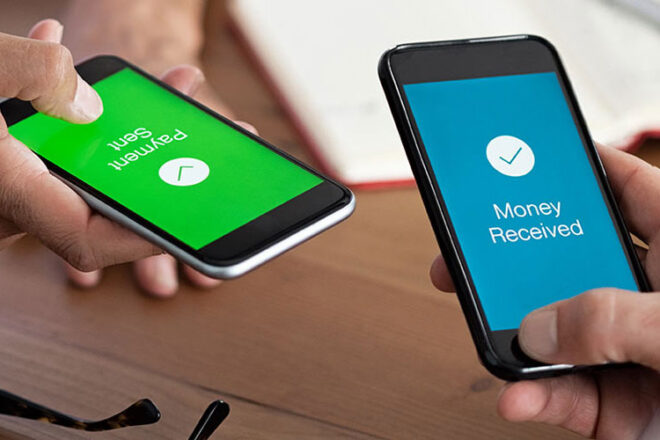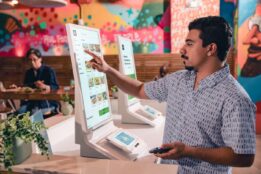By the time your check finally arrives, the server takes your credit card and vanishes into the back of the restaurant again. When they eventually return, your good mood has soured. Your kids are bickering, and you’re pretty sure the dog will be tearing up the living room at home. You don’t have time to do the math to determine a 20% tip, and you’re not feeling that generous anyway, so you just throw down a couple of dollars and hustle everybody into the car. On your way home, you’re drafting a Yelp review in your head: Sure, the food is good, but the service?
In most restaurants, settling the bill is the last interaction any customer has with your staff. According to one 2018 survey, 58% of frequent restaurant diners say a slow payment process has ruined a dining experience for them.
Don’t let this happen to you! Here are 6 strategies for making the process of paying as quick and easy as possible for your guests and your servers:
1. Accept as many forms of payment as possible.
Long waits aren’t just a people issue—they’re a technology issue. Accepting multiple forms of payment—including cash, checks, credit cards, gift cards, and contactless payments—makes it easier for guests to pay with whatever they have on hand. Clover POS systems are already set up to accept anything from cash to multiple forms of mobile payments. Technology like this can go a long way toward making the payment process frictionless for your guests.
2. Take payment tableside.
As frequent travelers know, tableside payment is already common in many countries around the world. American diners are hungry for the same kind of convenience and security: 72% of millennials and 66% of boomers say they’d prefer to pay at the table if they could. A device like the Clover Flex makes it easy for a server to show patrons their bill and accept multiple forms of payment on the spot, without taking the customer’s card or other payment method out of their sight, and with no further wait required.
3. Let guests pay at a kiosk or tabletop device.
Chains like Applebee’s have been experimenting with this kind of technology for years. Applebee’s has found that allowing diners to pay and even order food themselves increases check averages and even increases tips, thanks to auto-tipping options that nudge diners to pay 20%. If you’re offering a casual or kid-friendly dining experience, consider setting up a device like a Clover Mini as a self-serve payment option.
4. Bring the check automatically when clearing plates.
This strategy works best for casual and kid-friendly restaurants or for lunch service. But, in the right circumstances, it can be a way to create a truly delightful customer experience. Servers can have a check ready when they clear away dinner plates, and can always print a new check if a table decides to stick around for dessert.
5. Use new technologies like Clover’s Scan to Pay.
This new feature from Clover allows guests to scan a QR code on their bill and then pay from their iPhone using Apple Pay (Scan to Pay currently works only with Apple Pay). The Clover system will automatically notify staff that the bill has been paid, so guests can leave right away. With tools like this, guests no longer have to wait for their server to take their card away to process payment and then return it for tipping and signing. Settling the bill becomes a seamless one-step process.
6. Train staff to adapt to each table.
Something as simple as asking each party what brought them out tonight can help a server better understand guests’ needs. Maybe they’re on their way to see a movie that starts in an hour, or they’re celebrating a special occasion. Your staff can tailor the payment experience to each party’s needs. For tables in a particular hurry, train your staff to make a note in the POS system so that front- and back-of-house can work together to get them served efficiently.
The more you think through your process for collecting payments, and the more options you give your guests, the smoother your business can run. Learn about these options and more at www.clover.com.







